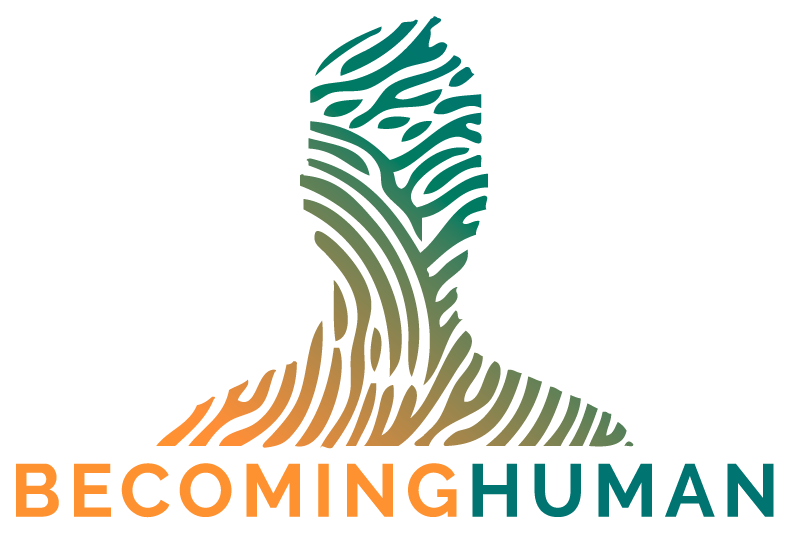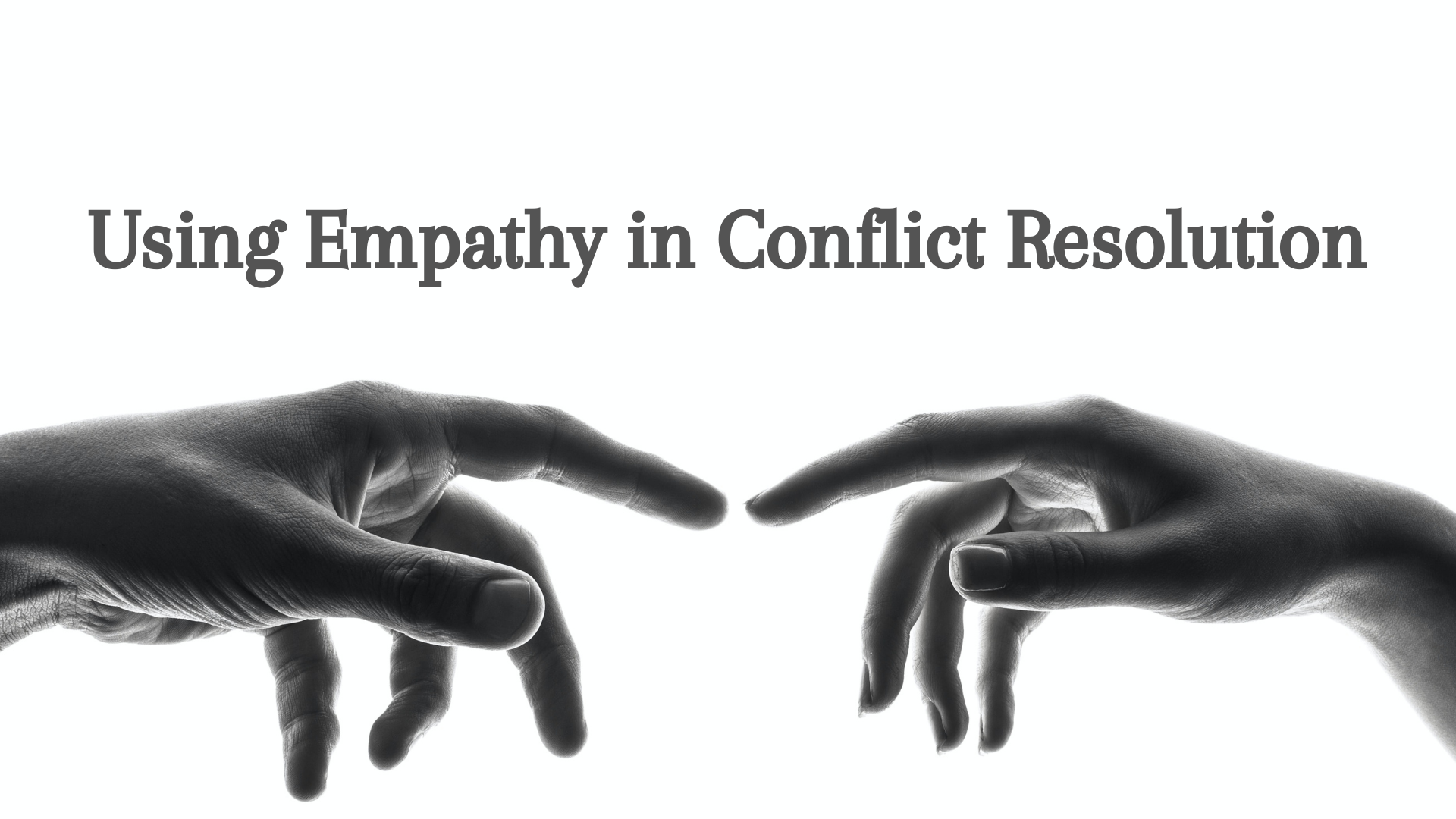The Rural Problem
/Exploring rural decline, periphery economies, and the value of rural places.
Essay originally appeared on Medium.com
Why would anyone choose to live out there?
This is a question I occasionally hear; usually from folks whose only conception of the countryside is what they see when they drive along an interstate highway or when they go on a quaint farm tour for entertainment purposes. When they find out that I — a former resident of Pasadena, California — live in Metamora, Ohio (population 645), the question is often accompanied by a slightly negative intonation. It is as if I have chosen to live in some sort of third-world community.
As it goes, rural places usually are perceived in some combination of the following descriptors:
A quaint retreat
Outdoor recreation
Libertarian hubs
Provincial backwardness
Someone wants to escape the noise of the city? Retire to the country (usually with a nice, suburban-looking home). You want to shoot guns and ride small motor vehicles around? That’s what we’re for, I guess. Want to shoot guns in defiance of political angst? There’s a lot of that, too.
For most, however, the perception of rural landscape captivates the final option: Rural places are behind.
Of all the ways rural communities might be described, one way they are not described is that they are useful. It’s almost a cliché to exhort a rural community as hillbillies and hippies. We don’t know the finer things of life. If only we uncivilized barbarians had a bit of real culture. If only the dominant, popular, enlightened, and powerful urban centers could save us. It so happens that this is how rural places have primarily been viewed throughout history, as well.
In light of this, why would anyone choose to live out here?
Well, it could be because of one’s happenstance in birth; an unfortunate inheritance. Another potential reason is an ideological or quaint retreat away from the sociological cabal that has hypnotized our culture. I suppose. Especially for the poor souls who lost the gamble of ancestral heritage, however, these places have become places to escape. Transient liberation is necessary to keep them from getting stuck in the provincial abyss.
Why would anyone want to live somewhere where you must drive immense mileage to get to anything that is worth your time? There’s simply less access to cool and useful things. The cellular coverage is spotty, Dollar General is a poor excuse of a store, and nothing happens out here. Really, aren’t rural places just worse versions of what our society demands?
That’s the perception. Rural places are places called nowhere with people called no one. A desolate landscape easily forgotten.
As a rural resident myself, I frustratingly wonder if this is accurate.
If it isn’t accurate, I wonder if such a perspective is actually detrimental.
The Story of Rural Places
Metamora, Ohio has no real claim to fame. If you visited its few square miles of incorporation, you would assume a lack of historical notoriety. The village wasn’t always this way, however. The main street was once a railroad. It connected two major urban hubs and led to the proliferation of hotels, grocery stores, restaurants, community organizations, and a vast service industry.
The story of rural places, in their supposed prime, was one of thriving and sufficient economies for their towns and tributary landscapes.
Today, driving out to Metamora fulfills a vast stereotypical experience of the modern world’s rendition of a quasi-frontier: a plethora of corn, soybeans, and wheat leading to abandoned or dilapidated buildings amongst a declining population. Maybe there will be nostalgic cliches with a spattering of newly built suburban-style homes. Or, the monumental, pristine industrial farm that acts as the rural version of a skyscraper. Some places may even have a keystone industry maintaining some semblance of vibrancy (and tax support).
Mostly, the average rural village signifies an attempt to hold on to historic days gone by or a rising timbre of making ’em great again; which is usually a guised attempt to make a small place feel like a big one. Is rural thriving a mere memory?
The current story of rural places appears to be a story of decline.
Rural Decline & Periphery Economies
Through technological innovation and vast transportation infrastructure, the romanticized history no longer seems necessary. The intergenerational pattern of heirs has all but diminished; except for the rare return often occurring only for funerals. Food access is minimal and the majority of businesses are likely to be absentee-owned (usually because of the tax incentives). Relational necessity has all but vanished in the advent of widening infrastructure and luxury access. As a result, the most viable use rural communities appear to offer is to be an untapped market of customers.
The technical description for rural decline is an economic one and is the recurring pattern for any place that goes from being a core economy (creating and containing its own livelihood, sustenance, and reliance) to a periphery economy (being dependent on other places while being used for its raw materials). Many communities, nation-states, and regions have undergone a similar shift throughout world history. With it have come the same descriptions of modern rural decline.
When we say that rural communities are backward, primitive, and under-developed, we are commentating on the result of the loss of economic, political, and social self-sufficiency. Sure, we can throw the stereotypes around. Rural communities are mostly white, blue-collar, uneducated, conservative, and fundamentally religious with small industries and lots of agriculture — typically in the form of industrial farms that are increasingly swimming in the dependent debt of massive bank loans. I’m not saying these generalizations have no backing. I also want to suggest that most of these descriptions come from people who have not spent much time in rural places.
The real description hidden amongst all of these generalizations is that most rural communities have, as consumers and customers, become useful only as opportunities. Yes, to increase product sales, but also as raw materials. We’ve got land, a potential workforce, and are light on both taxes and restrictions. Third World is not a fair description, but it might be a fitting metaphor. Fortunately, there are many kind souls willing to intervene on our inchoate behalf. They bring jobs, metropolitan amenities, and social luxuries that prior centuries could not even imagine.
What is the real issue of rural decline and periphery economics? My sense is that you have thousands of communities made up of millions of people who sense that where they are does not matter because where they are has no identity. In this entire process that brought ease, luxury, convenience, and unprecedented comfort, something was lost; which, again, is the simple critique offered amidst industrial, global capitalism throughout the age. Rural places are experiencing a unique form of alienation. We’ve become unrecognizable because our general evolution is making our place look like every other place.
It’s fair, then, to ponder why anyone would live here. Quite literally, rural communities have become just lesser versions of the standard. They’re also further away. The technological advances that made neighborliness unnecessary are still better in the cities and suburbs. Further, there are no desirable traits left to compete. Local influence and uniqueness have been replaced by absentee control, franchised culture, or utter vacancy.
Since we have nothing left to offer, we just consume. Because availability is underdeveloped, we leave. Or, like 80% of rural populations, we commute and continue the cycle by pouring our capital into places that are not our own. We tasted the power of 19th-century liberalism’s self-actualization and we placated what the industrial, globalized world told us we need.
To be fair, can you blame the ancestors who inherited generations of incredibly difficult survival that they traded the difficulty for an easier life? Yet, the hallmarks of rural life for thousands of years — connection with the land, connection with neighbors, and connection with a collective identity in geographical proximity — were replaced with the same commercial and egocentric satisfaction that enlightened humans appeared to finally master.
But what comes from a lack of mutual responsibility, loyalty, care, knowledge, and permanence — all lifestyles that are not sexy in the 21st century? Rural places took on the civilized affluence that they were told they needed (sold to us, of course, in beautiful packaging and rhetoric) and they became like every other place (even having the same manicured lawns as the rich elites in the expensive neighborhoods).
Rural places made a deal — but part of that deal was that they would be separated from the means that allowed them to be both subsistent and connected. They became dependent on people and structures they did not know and that did not care about them. As the metropolitan ideals blossomed, these now generalized communities were to be avoided, corrected, or colonized. Or, a place to pretend to be libertarian rebels waving “Don’t tread on me” flags while holding a smartphone in a suburban home with all the amenities.
It’s a periphery decline with alienating consequences and a futile future that can only grasp at the historical identity waning toward a mere memory.
Rural places made a deal.
And we appeared to become useless.
The Rural Question
Is this okay? Should we just accept this reality as the unavoidable turn of history?
What results from the loss of local heritage in a unique landscape? What does the death of a community cost? What is the result of the displacement of 24 million farmers? What kind of culture does transience and communal detachment bring? Maybe we prefer a national landscape with ever-extending suburbs.
My opinion is that sociological uniformity and corporate consumerism are unfortunate dance partners in rural decline and, in my opinion, it has led to the equivalence of a desolate wilderness in once vibrant places.
Places now called nowhere with people called no one.
Though we’ve chosen this — possibly to our own demise — it is also my opinion that none of this is fully accurate. Or, at least, it doesn’t have to be.
Consider the 2016 presidential election in the United States. One’s political perspective aside, an untapped voter based showed up (and not, necessarily, to determine the election; something professor Tex Samples adequately proved[1]). But within a certain desperation of decline, the desolate wilderness and metaphorical third world found a collective voice.
If we were to compare Metamora, Ohio with, say, Los Angeles, California — we would certainly declare a lack of significance. However, 60 million people through thousands of small towns and rural counties covering 97% of the nation’s land is a bit more significant. 76% of incorporated places are home to less than 5,000 people and 42% have less than 500 people. That’s 19,500 official communities that are rural and a whole lot more that don’t even register in the census bureau’s categories[2]. When we are talking about if rural places are important, well, we’re talking about lots of people in lots of places covering lots of land.
Do these places matter? Further yet, are they impactful? Should they be considered in the dialogue of the world’s problems and the world’s future? Should they have a voice?
The 2016 election showed that a voice is present. We could still suspect that they aren’t useful, however. Maybe there are lots of folks and communities, but are they good or deserving of respect, attention, or even authority?
Well, how do you feed 270 million people? If the economy is impacted most by where the economy originates and is produced, shouldn’t we want to nurture the thriving of such places? Land produces food. If we’ve seen anything in recent months concerning food, it is obvious that our food system is incredibly fragile and it is mostly fragile because it is so dispersed. The land around us no longer feeds us. Yes, there are technological and scientific hopes for the future that will make agriculture unnecessary, but people will always eat and, as far as I can see, those methodologies are still quite fragile.[3] In the end, producing food on land via the sun remains a sustainable option and the agrarian ideals of place economy could be a straw that our desperation has yet to grasp at.[4] Despite cultural suspicions and manicured lawns, there’s still a lot of land.
Also of note, the people on that land have developed a particular history and skills over time to be able to produce food in this way. I can’t help but wonder if the heritage, memory, and ability descending through thousands of years of agriculture history are still worth considering in our modern world whose innovation is still awaiting its verdict.
I suppose this perspective all depends on the standards and values prioritized in the human experience. Feeding the world cheaply and feeding the world appropriately are different outcomes. Honoring good work and adhering to easy yet fragile work are not the same thing. Is local diversity in global collaboration a priority? Are methodologies patterned after the rhythms of nature noble ideals or practical necessities?
All of this to say: Between the population, the land, the history, and the skills, it appears that rural places can still be useful.
Yet, I want to press further. Are rural places valuable? Better yet, should they garner authority?
Well, despite the prescribed cultural lacks, as someone who has occupied both urban metropolitan and rural inhabitances, I believe that the rural experience possesses something quite useful. This is all, by the way, a historical precedent itself. The rural was always the estranged, backward, barbaric, provincial, peripheries. Rural places have a history of being opportunities to whoever dominates at the time. They’ve always been less and, quite frankly, irrelevant.
My suggestion, therefore, is to consider that maybe the primitive description is not such a bad thing. In short, progress is not always progress. Because just as rural places have always been irrelevant, the dominant culture has always been equally disappointing. Culture, it seems, is overrated. Meaning is better found elsewhere.
Rural places may be unfortunate in thousands of ways. We lack much that the social standards of the day tell us are important. But rural places who adhere to the agrarian wisdom that has withstood the epochs of human civilization might have the one thing our world lacks and desperately needs:
Simple belonging.
There may be, embedded in the decline of desolate communities and forgotten places, a way of living that is not always easy, but is real, meaningful, and sustainable; a way of being that lacks glamor but relishes in beauty; a seemingly paltry existence rich with the art of good, pleasurable work and necessary neighborliness. The same interdependence that sustained and flourished people through history still has some remnants if we choose to pay attention.
We’ve been told we were behind but we might actually be ahead. Rural places may have what the world needs. At the least, we may be a source of thriving necessary to the continuation of all places.
Yet, rural places must choose to honor that which made them viable — even if it isn’t egocentrically preferable.
And urban places must choose to consider the credibility these places inherently possess.
Imagining a society where regional landscapes thrive at the behest of rural support is slowly appearing like a fairytale. But I can still glimpse it. In the end, we can mimic the current pattern and be forgotten or we can try to put a dent in a historical machine that has infected the urban-rural relationship for millennia and prescribed the demise of being nowheres full of nobodies.
For me, I put my hope in the possibility that rural existence and value are not a problem, but a choice.
A choice we might want to prefer.
[1] Sample, Tex. Working Class Rage: A Field Guide to White Anger and Pain (Nashville: Abingdon Press, 2018), 26).
[2] Bureau, U.S. “Latest City And Town Population Estimates Of The Decade Show Three-Fourths Of The Nation’s Incorporated Places Have Fewer Than 5,000 People”. Census.Gov, 2022, https://www.census.gov/library/stories/2020/05/america-a-nation-of-small-towns.html.
[3] https://becoming-human.captivate.fm/episode/ecology-and-food
[4] https://becoming-human.captivate.fm/episode/44-place-economy












![Three Reasons We're Lonely - [And Three Responses For Being Less So]](https://images.squarespace-cdn.com/content/v1/5963d280893fc02db1b9a659/1651234022075-7WEKZ2LGDVCR7IM74KE2/Loneliness+3+update+%283%29.png)





























